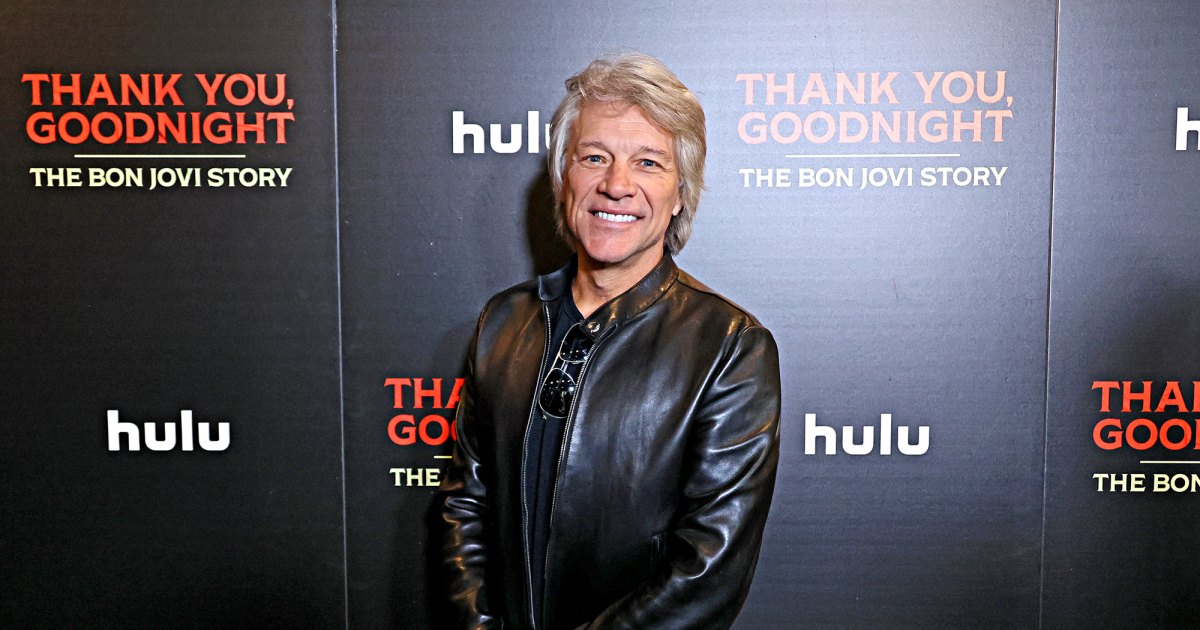Culture
Why Jonathan Haidt Is ‘Wildly Optimistic’ About Gen Z

In 2005, less than 9 percent of American teens reported having had at least one major depressive episode in the previous year, according to the U.S. National Survey on Drug Use and Health. By 2022, that number had risen to roughly 20 percent. Incidence of anxiety and depression among college students, emergency room visits for self-harm and suicide rates among young people likewise rose at alarming rates in that period.
While the Covid-19 pandemic likely made things worse, these trends were already well underway between 2010 and 2015, said Jonathan Haidt, a social psychologist at N.Y.U.’s Stern School of Business and the author of the new book “The Anxious Generation.”
Haidt refers to this period as “the Great Rewiring,” and in the book describes how, driven by a surge of social media and smartphone use, “overprotection in the real world and underprotection in the virtual world” have combined to batter the mental health of children born after 1995.
“If you have a play-based childhood rooted in a real community, you have a lot of protection from the age of the smartphone,” Haidt said. “Kids that didn’t have a lot of free play and aren’t tightly anchored in a real community, those are the ones that got swept away.”
Haidt spoke about his research and why he’s optimistic that solutions to the mental health crisis among young people are within reach. This interview has been edited for clarity.
Can you describe what you call “the Great Rewiring?”
The Great Rewiring is a five-year period in which technological changes interacted with social trends to radically transform the daily lives of teenagers in the United States and many other countries. In 2010, few teens had a smartphone, few had high-speed internet, few had unlimited data plans, nobody had Instagram and kids still sometimes went over to each other’s houses and spent some time with other kids. By 2015, everything changed at a faster pace than ever before in human history.
For evidence showing how radical this change was, look at the millennial generation, which got most of the way through puberty before this happened, and their mental health is fine. Gen Z, I believe, is defined by the fact that they went through puberty on social media, without spending much time with other kids, and their mental health is the worst ever recorded.
In the book you describe how what you call the phone-based childhood affects boys and girls differently. What are the primary factors?
For girls, we have a lot of correlational evidence and experimental evidence that social media is really bad for them. For boys we don’t. For them, it’s pornography and video games. So the story for boys took us much longer to figure out. But I think we came up with something very plausible building on Richard Reeves’s great book, “Of Boys and Men,” which is the gradual withdrawal of boys from effort in the real world.
We’re not seeing boys really applying themselves in the real world — we’re seeing them apply themselves in the virtual world. They’re investing their time, their efforts into things that don’t pay off in the long run.
How much of what we’re seeing with the mental health crisis might be attributable to other factors — more openness in speaking about mental health issues, say, or a tendency to pathologize what are actually normal aspects of human feeling?
Mental health is complicated. But when we look at what’s moving the needle on the national trends, the fact that we see the same thing in so many countries tells me that there is no other theory that is doing the bulk of the work here.
As for whether there are pieces of the story that I have left out — yes, and I think you just hit on one. There are many psychologists and psychiatrists who have been writing just in the last year saying that while therapy might be great for adults, it’s much more likely to backfire with children.
Abigail Shrier has a new book, “Bad Therapy,” that I think hits on an important piece of the puzzle. When I was young there was a stigma to being mentally ill. In the psychological community we all agree it’s good that the stigma is gone. But what social media has caused to happen in many internet communities of girls is the valorizing of mental illness. So that you get more credit if you are more extreme in your eating disorder, in your depression, in your anxiety, in your tic disorder. I think we all agree in the psychological community that to valorize mental illness is a mistake and is probably harming a lot of kids.
Social media companies themselves are investing in ways to mitigate mental health concerns. Do you believe those efforts are genuine?
I believe that the people in these companies would like to have safer products. But there are a couple of problems. So far what Meta has shown in particular is that they will not do anything that will cost them anything.
We should not have 10- and 11-year-old kids with Instagram accounts. Meta could easily ban this — all social media platforms could do this — but none of them do because they are in a collective action trap. If any of them do that, they lose all their young customers to the other platforms.
In the last quarter of the book you offer several ideas of how to start reversing this trend. What’s the first thing that needs to happen?
Phone-free schools. That needs to happen by this September. That is the most powerful thing we can do, it’s easy to do, it costs almost nothing and it’s totally bipartisan.
Are you optimistic that young people themselves will be receptive to the ideas you’re proposing to limit the influence of smartphones and social media?
I’m wildly optimistic. Gen Z is not in denial. Gen Z is pretty wise to what’s going on. They’re very aware that they’re in a trap. We don’t have to push them. We just have to give them a way out.






















